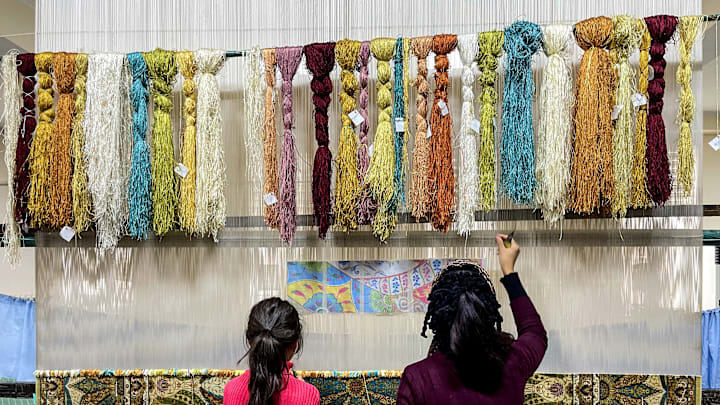The Role of the Silk Road in Cultural Exchange

The origins of the Silk Road can be traced back to the Han Dynasty in China around the 2nd century BCE. It was named after the lucrative trade in silk, one of China's most valuable exports. However, the Silk Road was not a single road but a series of interconnected routes that included both overland and maritime paths. These routes traversed diverse terrains, including deserts, mountains, and seas, linking various civilizations such as China, India, Persia, Arabia, and Rome.
The primary purpose of the Silk Road was trade, and it facilitated the exchange of a wide variety of goods. Chinese silk, renowned for its quality and rarity, was highly sought after in the West. In return, the East received commodities such as gold, silver, precious stones, glassware, and textiles from the Mediterranean and beyond. Spices, herbs, and other luxury items also flowed along these routes, contributing to the prosperity and development of the regions involved.
Beyond the exchange of goods, the Silk Road was a conduit for the transfer of knowledge and ideas. It enabled the spread of religious beliefs, including Buddhism, Christianity, Islam, and Zoroastrianism. Buddhist monks traveled along the Silk Road, bringing their teachings to Central Asia and China. The dissemination of religious texts and artifacts facilitated the growth of Buddhist communities and the construction of monasteries and stupas along the route.
The Silk Road also played a significant role in the transmission of scientific and technological knowledge. Innovations such as papermaking, printing, gunpowder, and the compass, which originated in China, were introduced to the West through these trade networks. Conversely, mathematical concepts, astronomical knowledge, and medical practices from the Islamic world and India made their way to the East. This exchange of knowledge contributed to the advancement of science and technology in both regions.
Cultural interactions along the Silk Road led to the blending and enrichment of artistic traditions. Artifacts such as pottery, textiles, and sculptures exhibit a fusion of styles and motifs from different cultures. For instance, Greco-Buddhist art, which emerged in the region of Gandhara (modern-day Pakistan and Afghanistan), combines elements of Greek and Buddhist art, reflecting the cultural syncretism facilitated by the Silk Road.
The cities and caravanserais (roadside inns) along the Silk Road became vibrant centers of commerce and cultural exchange. Cities such as Samarkand, Bukhara, and Kashgar flourished as hubs of trade and interaction, attracting merchants, scholars, and travelers from diverse backgrounds. These urban centers played a pivotal role in the diffusion of ideas, fostering an environment of intellectual and cultural exchange.
The decline of the Silk Road began in the 15th century with the rise of maritime trade routes and the discovery of sea routes to Asia by European explorers. The establishment of direct sea trade with Asia reduced the dependence on overland routes, leading to the gradual decline of the Silk Road. Nevertheless, its legacy endured, leaving an indelible mark on the civilizations it connected.
In conclusion, the Silk Road was much more than a trade route; it was a catalyst for cultural exchange and economic development. It facilitated the movement of goods, ideas, and technologies, fostering interactions between diverse civilizations. The impact of the Silk Road is evident in the cultural, religious, and technological advancements that emerged from the exchange of knowledge and goods. The legacy of the Silk Road continues to resonate in contemporary discussions on globalization and intercultural dialogue, highlighting the enduring importance of cross-cultural connections.